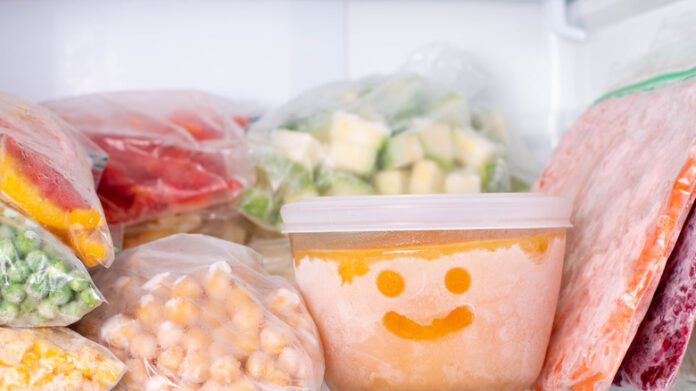In the world of culinary convenience and long-term food storage, a chest freezer stands as a gateway to a treasure trove of frozen delights. However, navigating the icy depths efficiently requires strategic organisation. The art of arranging your frozen bounty not only enhances space utilisation but also serves as a formidable defence against the hassles of food waste. As you embark on this frozen odyssey, consider these chest freezer hacks and tips to transform your frozen storage space into a well-ordered kingdom, where finding that elusive bag of peas or last summer’s berries is a seamless endeavour. From labelling and categorising to embracing innovative storage solutions, let’s delve into the practices that will elevate your freezer management skills and ensure that your frozen assets are not only preserved but also easily accessible.
Let us now discuss the ways we can organise chest freezers.
1. Label Everything
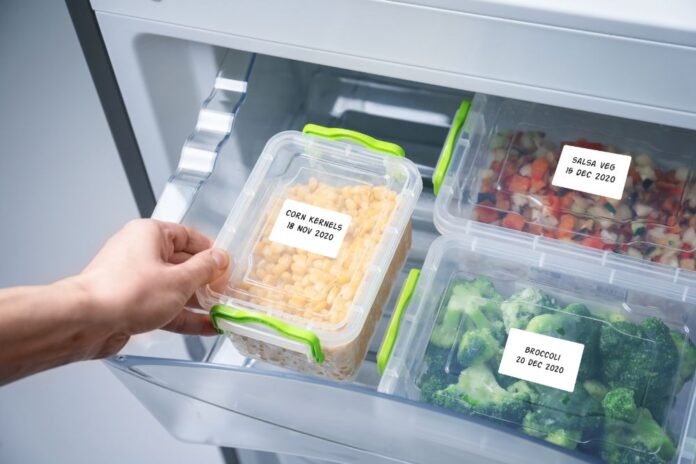
Use freezer-safe labels and a permanent marker to mark each item with its name, date of freezing, and any additional details like portion size or cooking instructions. This ensures you can quickly identify items and manage inventory effectively.
2. Categorise Items
When grouping similar items, consider further subcategories. For meats, you might have separate sections for poultry, beef, and seafood. For vegetables, create divisions for leafy greens, root vegetables, etc. This additional level of organisation can streamline your search process.
3. Invest in Storage Containers
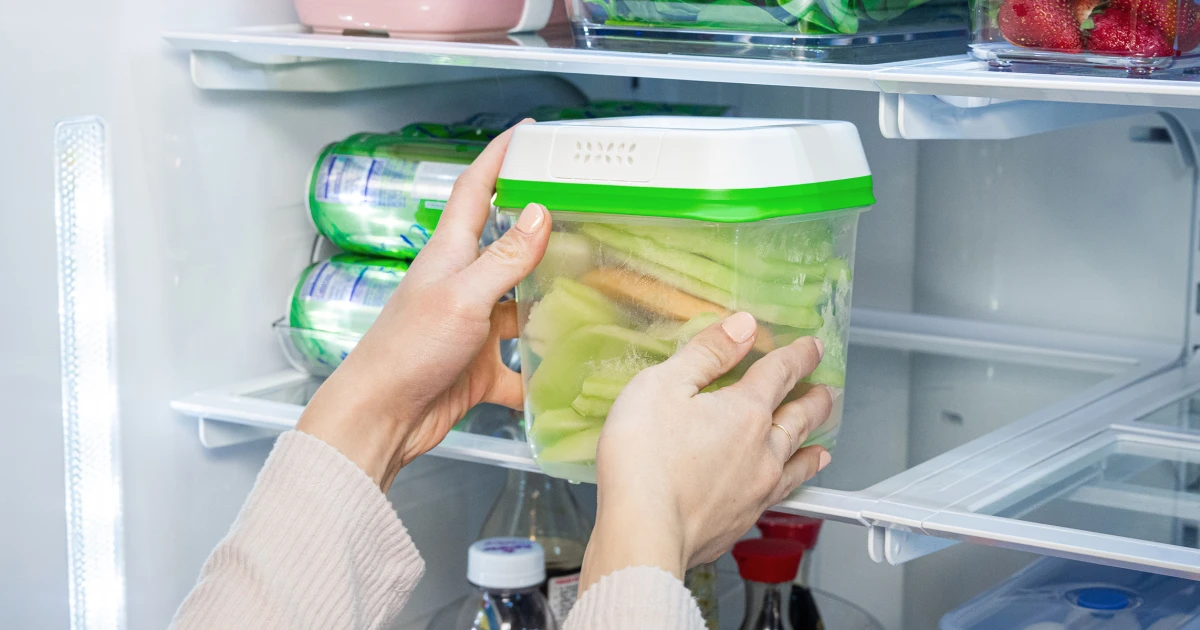
Opt for transparent containers to easily identify contents. Label containers with the date of storage and contents. Stackable containers help maximise vertical space, and choosing containers of various sizes can accommodate different quantities of food.
4. Use Vacuum Sealing
In addition to preventing freezer burn, vacuum-sealed bags or containers help maintain the original flavour and texture of food. Label each package with the item and date to track freshness.
5. Create Zones
Take the zone organisation a step further by assigning specific areas for family favourites, seasonal items, or meal components. This way, you can quickly access the items most relevant to your current needs.
6. Consider Shelving Units
Use adjustable shelves or dividers to customise storage space based on the size of your frozen items. Reserve a section for flat items like pizzas and larger cuts of meat to prevent them from overshadowing smaller items.
7. Organise by Priority
Consider creating a “use first” box at the top of your freezer for items nearing expiration. This proactive approach ensures that you prioritise the consumption of items with shorter shelf lives.
8. Keep an Inventory
Enhance your freezer inventory by including quantity information. This can be especially helpful for items you frequently use or restock. Regularly review and update the inventory to avoid overlooking items.
9. Rotate Stock
Along with the “first in, first out” rule, periodically rearrange your freezer to reassess what you have. This helps prevent items from being forgotten and encourages you to plan meals around existing stock.
10. Utilise Door Space
Reserve the door space for items with a longer shelf life, such as condiments or frozen fruits for smoothies. Consider using bins or pockets to prevent smaller items from cluttering the space.
11. Thawing Station
Designate a specific shelf or basket as a thawing station to keep items that need to be defrosted separate from fully frozen goods. This avoids cross-contamination and facilitates easy access when planning meals.
12. Regularly Defrost
Schedule defrosting sessions based on your freezer’s needs. Clearing ice buildup maintains energy efficiency and maximises storage space. Take the opportunity to reorganise and clean during these sessions for a well-maintained freezer.
Additional Tips to Follow
13. Use Freezer-Friendly Storage Bags

Invest in high-quality, freezer-safe storage bags for items like fruits, vegetables, and smaller portions. These bags are designed to withstand low temperatures and help prevent freezer burn.
14. Group Items in Bins or Baskets
Place similar items in bins or baskets for easy retrieval. This is especially helpful for small items like frozen berries, ice cream, or frozen appetisers. Pulling out a bin can be more convenient than digging through the entire freezer.
15. Consider a Deep Freeze Basket System
Utilise hanging baskets or sliding drawer systems specifically designed for deep freezers. These accessories can maximise space and make it easier to access items at the bottom without having to dig through layers of frozen goods.
16. Label with Expiry Dates
In addition to the freezing date, consider adding estimated expiry dates to your labels. This helps you plan meals effectively and reduces the chance of discovering forgotten items that have been in the freezer for an extended period.
17. Implement a Color-Coding System
Assign different colours to various food categories or to indicate the stage of freshness. For example, use blue for seafood, green for vegetables, and red for meats. This visual cue can make finding specific items even quicker.
18. Use Shallow Containers for Quick Freezing
When freezing items like soups, stews, or sauces, use shallow containers. This allows for faster freezing and makes it easier to thaw smaller portions when needed.
19. Install Temperature Monitoring
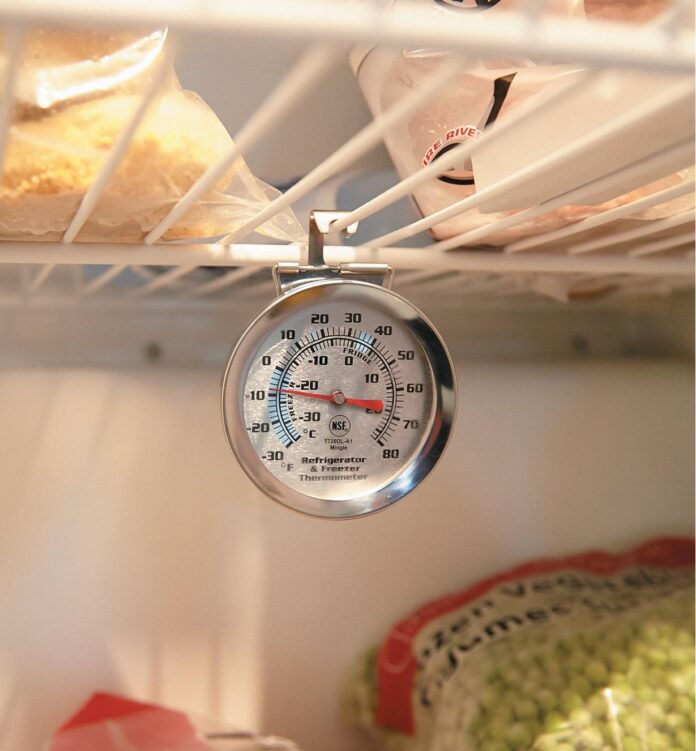
Consider adding a thermometer to your freezer to ensure it maintains the recommended temperature for optimal food preservation. This helps you catch any temperature fluctuations early on and prevents potential spoilage.
20. Rotate Ice Packs and Ice Cream
If you have an ice cream addiction, periodically rotate your ice cream containers. This helps prevent freezer burn and ensures that your favourite treats are always at their best.
21. Organise Based on Frequency of Use
Place frequently used items toward the front of the freezer for easy access. Reserve the back for items you don’t use as often. This can save you time and energy in the long run.
22. Label Vegetables for Smoothies
If you freeze vegetables specifically for smoothies, label them accordingly. This makes it quick and easy to grab the right ingredients when you’re in the mood for a nutritious drink.
23. Maintain a Cleaning Schedule
Regularly clean your chest freezer, including wiping down shelves and removing any spills. A clean freezer not only looks more organised but also helps prevent odours from affecting the flavour of your frozen items.
24. Store Items in Flat Layers
Freeze items like pancakes, bread, or sliced fruits in flat layers to make stacking and organising more efficient. This also allows for easier separation when you only need a portion.
Conclusion
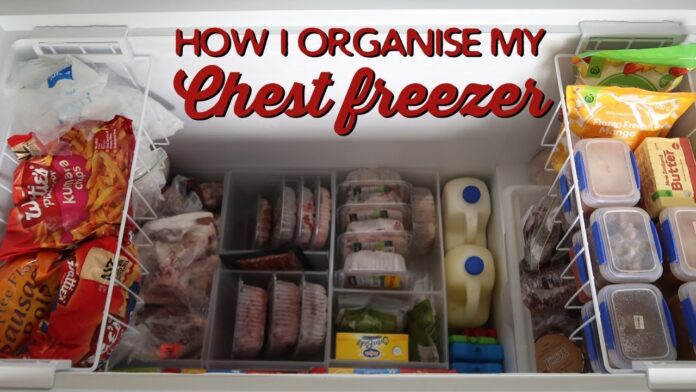
In conclusion, adopting effective organisation strategies for your chest freezer offers numerous benefits. Proper labelling, categorisation, and the use of storage solutions not only optimise space but also contribute to a reduction in food waste. With easy identification and quick access to items, meal planning becomes more efficient, ultimately saving time and resources. A well-organised freezer enhances the overall usability of your frozen storage, ensuring that your frozen bounty is effectively preserved and readily available when needed.
